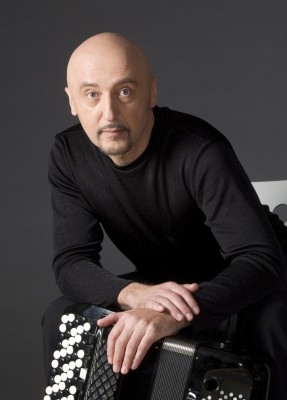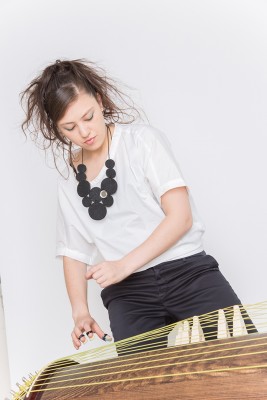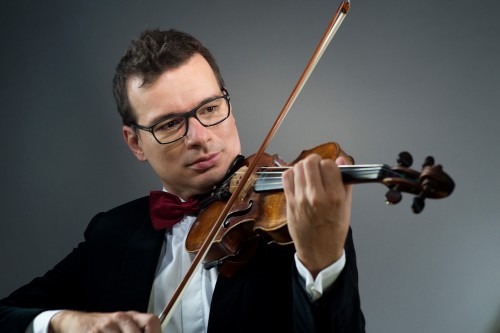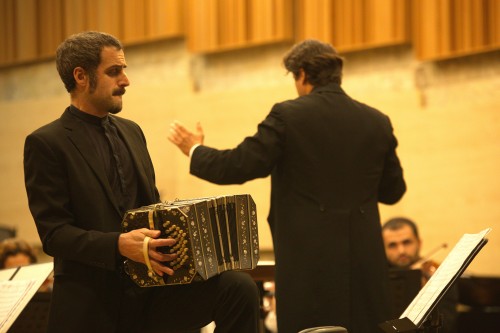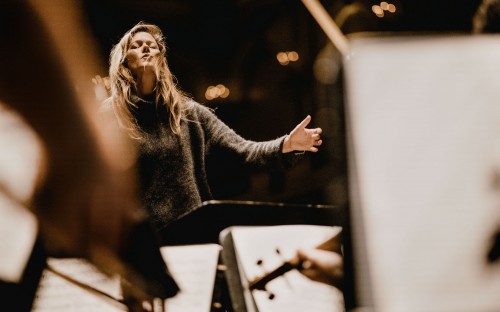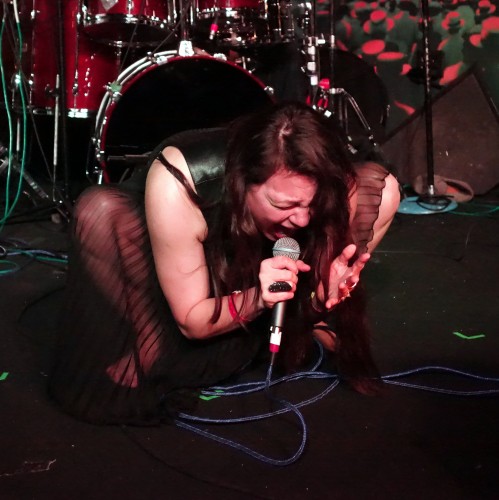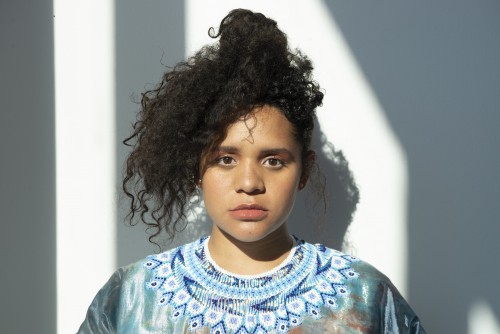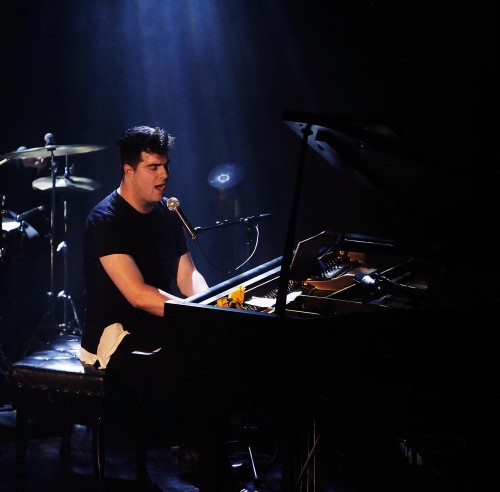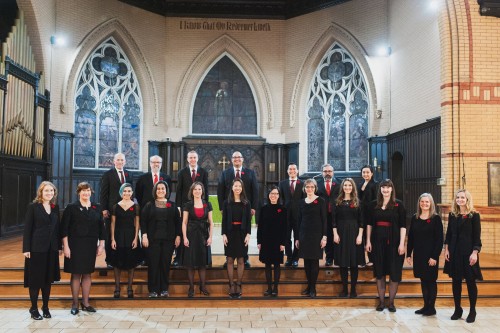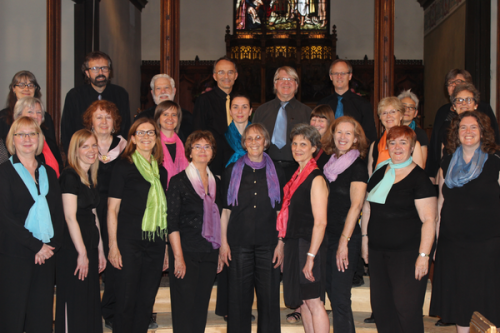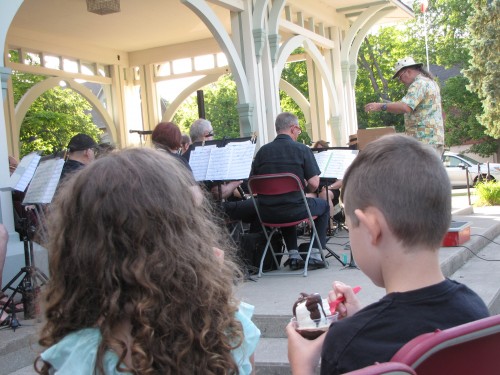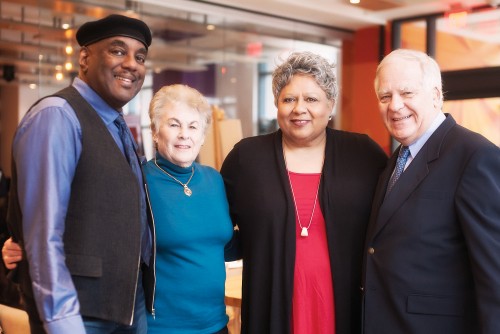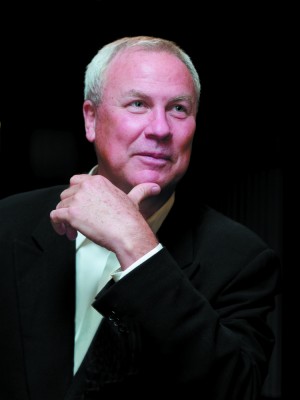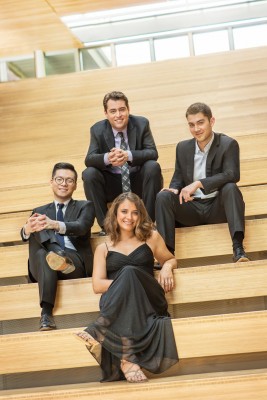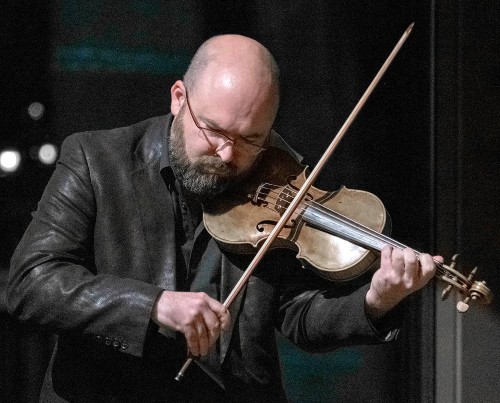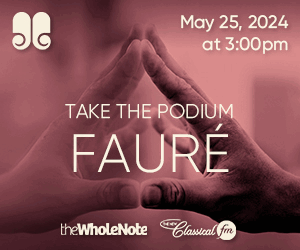Food of Love: An Introduction to Contractual Expectations
Allow me to digress before I even start. Everyday life is comprised of innumerable contracts: spoken and unspoken; written and unwritten; casual and formal. In their most severe forms these contracts appear as proper written agreements between parties, in the case of business transactions or employment contracts, where the stakes are high, sums of money higher still, and the dissolution of which is often an involved and prolonged matter. At the other end of the spectrum are informal agreements, the least formal of these being nothing more than unexpressed or assumed expectations, time-tested arrangements that typically need no room for second thought.
This latter category of contract, though far less cut-and-dried than the former, can nonetheless lead to intense disappointment when one party does not uphold their end of the assumed bargain. Imagine, dear reader, that you are at your favourite burger shop ordering your (increasingly expensive) favourite burger. You order it exactly so, and so it is served, to all appearances as promised; but upon biting into it, you are shocked to discover that one of your desired toppings has been omitted or, worse, that an expressly forbidden item has been included against your known wishes. Admittedly a manifestly first world problem, but regardless of its lack of impact on anyone in the global network except yourself, you are nonetheless disappointed out of all proportion to the life-spanning insignificance of the aforementioned burger.
Why? Because during the ordering process we justifiably expected the transaction to be an instance of a well-established relationship between ourselves and the proprietors and staff of this theoretical burger joint: if I don’t give you my hard-earned $11.50, I don’t get the burger I love; so if you don’t give me what you know I love then the manager gets called to account, or at the very least to the counter.
A small-scale instance, admittedly, of the extent to which you, dear reader, or I, experience a disproportionately acute sense of disappointment at the falling through of a simple social contract: an understood even if unspoken agreement, shipwrecked by a foiled expectation. Every facet of our lives is determined in some way by such agreements, whether ordering takeout, taking public transit, or receiving notice that “We’ve updated our Terms and Conditions… click HERE to accept.” And accept we usually must, especially when the contract at issue is over trivial things like burgers, or transit, or hydro ...
But what do we do when an organization that delivers an essential service, like music, makes a move that similarly defies our expectations?
Tafelmusik Tackles Tchaikovsky
Period-instrument performance in North America is, for the most part, a contented and self-contained corner of the Classical Music multiverse: a specialized field full of treatises and correspondence, from which are gleaned kernels of information as to how previous generations (read: 1600-1750 AD) performed their music. This September, Tafelmusik breaks that mould by presenting “Tafelmusik Meets Tchaikovsky,” the orchestra’s first public experience playing music of the late-Romantic era. Presented in chronological progression alongside the music of Mendelssohn and a world premiere by Canadian composer Andrew Balfour, this is a blatant, willful, and potentially exciting severance of the unspoken contract which Tafelmusik has shared with its audience for decades.
There were, of course, hints of such a progression in past seasons, with Mozart and Beethoven appearing on concert programs, as well as progression within the Historically Informed Performance movement itself. To prepare for such a departure from their standard programming, the orchestra is working with Kate Bennett Wadsworth, a cellist and specialist in 19th-century performance practice, who will lead the orchestra in an intensive workshop to help the string players prepare for the Tchaikovsky Serenade for Strings. Here are Wadsworth’s own words regarding the move towards historically-informed Romanticism, a micro-manifesto in itself:
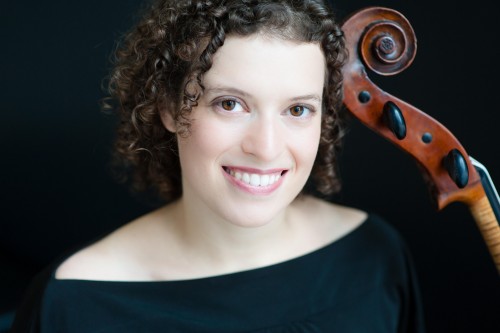 “The Romantics have left us almost endless source material to learn from: treatises, memoirs, personal correspondence, concert reviews, and – most exciting and bewildering of all – early recordings. We can hear Tchaikovsky’s voice on a wax cylinder, we can hear the playing and singing of his close colleagues, and we can even hear a handful of acoustic recordings by Mendelssohn’s protégé, the violinist Joseph Joachim. The sounds on these recordings can answer our questions, but they can also blast through our beautiful theories and send us scurrying back to the written sources with fresh questions…
“The Romantics have left us almost endless source material to learn from: treatises, memoirs, personal correspondence, concert reviews, and – most exciting and bewildering of all – early recordings. We can hear Tchaikovsky’s voice on a wax cylinder, we can hear the playing and singing of his close colleagues, and we can even hear a handful of acoustic recordings by Mendelssohn’s protégé, the violinist Joseph Joachim. The sounds on these recordings can answer our questions, but they can also blast through our beautiful theories and send us scurrying back to the written sources with fresh questions…
“It is an open secret that our musical ancestors had much more artistic freedom than today’s classical musicians. Our increasing reverence for the composer’s creative process tricked us into giving up more and more of our own creativity as performers, leading to an increasingly literal interpretation of the notes on the page. While the period-instrument movement has reclaimed a lot of the performer’s creative scope within 18th-century music (and earlier), we are only just getting to know the artistic freedoms enjoyed by the Romantics. Putting these old freedoms back into circulation does indeed require courage and mutual trust: we have to step out of our own comfort zones and take liberties we were never allowed to take in our classical training.
“For example, we all learned as music students that we can make the music leap off the page by subtly varying the dynamics and sound colours according to our own feelings. The Romantics did this as well, but they also had the advantage of a multilayered, elastic use of time. The tempo of the music can vary as our heartbeat varies, or as the pace of a storyteller varies, increasing with excitement and decreasing with calm, grandeur, or emphasis. On a smaller scale, the written rhythms are only a rough guide to a whole world of rhythmic nuance. Notation is itself a distortion of the music, and a great performer is someone who [according to Marion Bruce Ranken, a student of Joseph Joachim] ‘tries through close observance of the shadow to get in touch with the real thing that has cast the shadow.’”
Tafelmusik is fortunate to have an extended loyal group of listeners who, over the years, have accompanied them on artistic adventures and through such innovative creations as the Mackay multimedia productions of seasons past. With their season theme of “The new informing the old, and the old informing the new,” this year’s programming will undoubtedly further stretch expectations and rewrite the unexpressed agreements that come to define the relationships between performers and their audiences, especially for a group seen to be highly specialized and aesthetically streamlined for an exceedingly specific variety of music. This outward growth can only be a positive facet of the orchestra’s future, mirroring the sentiment of Robert Heinlein’s famous quote, “specialization is for insects.”
What do you get when you combine J.S. Bach, an accordion, and, for example, an oboe? It will take a trip to Cobourg to find out. On September 29, Les Amis Concerts presents “Postcards Old and New,” featuring accordionist Joseph Petrić with oboist Colin Maier. While this may seem an unusual and unconventional combination of instruments, the repertoire is far from strange, with international highlights from across the centuries: J.S. Bach’s Trio Sonatas Nos.1 and 6, plus a solo Bach prelude to be played by Petrić; solo oboe works TBD by Colin Maier; Lutoslawski’s Dance Preludes (arranged with the blessing of the composer from the original version for clarinet and strings); Ravel’s Cinq mélodies populaires grecques (originally for voice and piano); and Bartók’s Roumanian Dances. It all fits nicely with Bach’s own propensity for arrangements.
In a column discussing the creation and dissolution of expectations, this concert serves to both build and deconstruct simultaneously. The music is highly regular, comprised of material written by stalwart figures of the Western tradition, but is presented through an apparently idiosyncratic and surprising pair of interpreters. How the accordion/oboe duo will arrange and play such works is part of the intrigue and this concert is highly recommended for anyone within earshot of Cobourg.
The pervasive presence of contractual agreements, assumptions and arrangements in daily life applies to our art as well. Expectations are a fundamental component of the concert experience, which is why John Cage’s deliberate and explicit subversion of expectation will inevitably evoke different reactions than Beethoven or Tchaikovsky. This concert season I therefore encourage you, dear reader, to check your expectations at the door, or at least take inventory of them so you are aware of your predispositions and prejudices before the lights dim. Have questions or concerns as the new season starts up? Contact your local customer service representative at earlymusic@thewholenote.com.
EARLY MUSIC QUICK PICKS
SEP 20, 8PM: SweetWater Music Festival. “Opening Gala: Everything Old Is New Again.” Historic Leith Church, 419134 Tom Thomson Lane, Leith. It must be something in the water... George Frederic Handel was born in 1685, the same year as Bach and Scarlatti, and he wrote some pretty good tunes, too! Don’t miss this survey of Handel’s instrumental and vocal works, featuring top-notch performers including Daniel Taylor, Adrian Butterfield and more.
SEP 30, 7:30PM: University of St. Michael’s College. “The Lord is My Light - A Concert for Michaelmas.” St. Basil’s Church, 50 St. Joseph Street. The feast of St. Michael the Archangel (Michaelmas) is a significant festival in Christianity, as it has been for centuries. With works by Schütz, Tunder and other composers of the early German Baroque, St. Michael’s Schola Cantorum and Consort will undoubtedly put on a magnificent show in honour of their institution’s patron saint.
Matthew Whitfield is a Toronto-based harpsichordist and organist.


